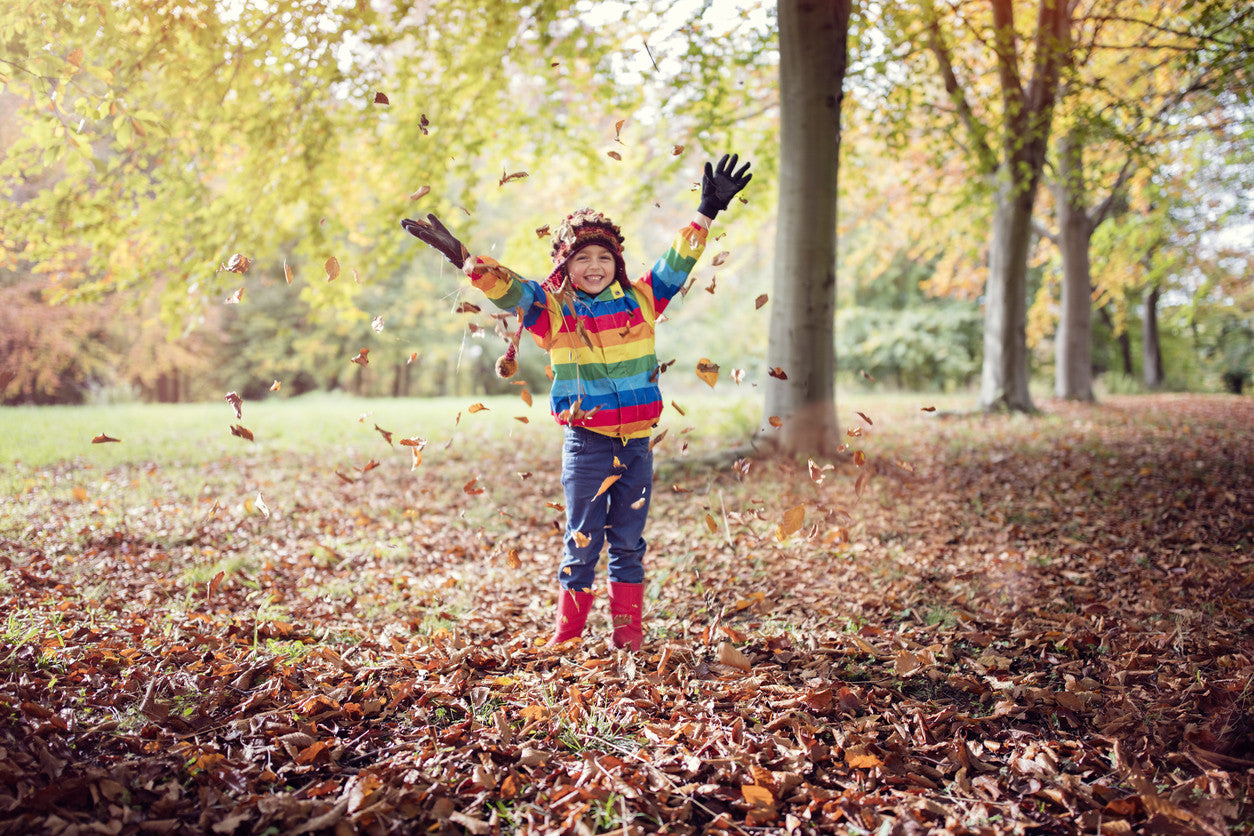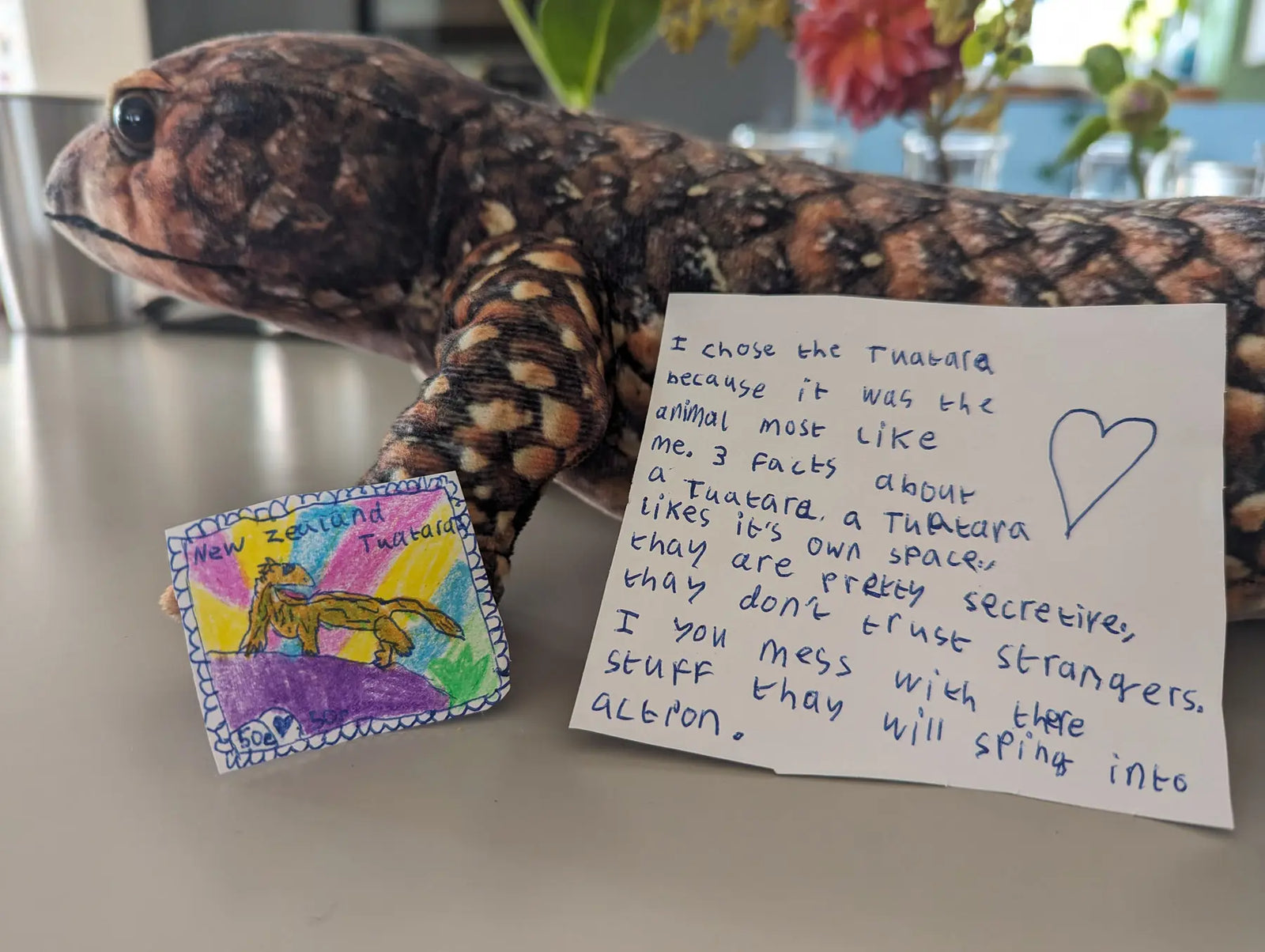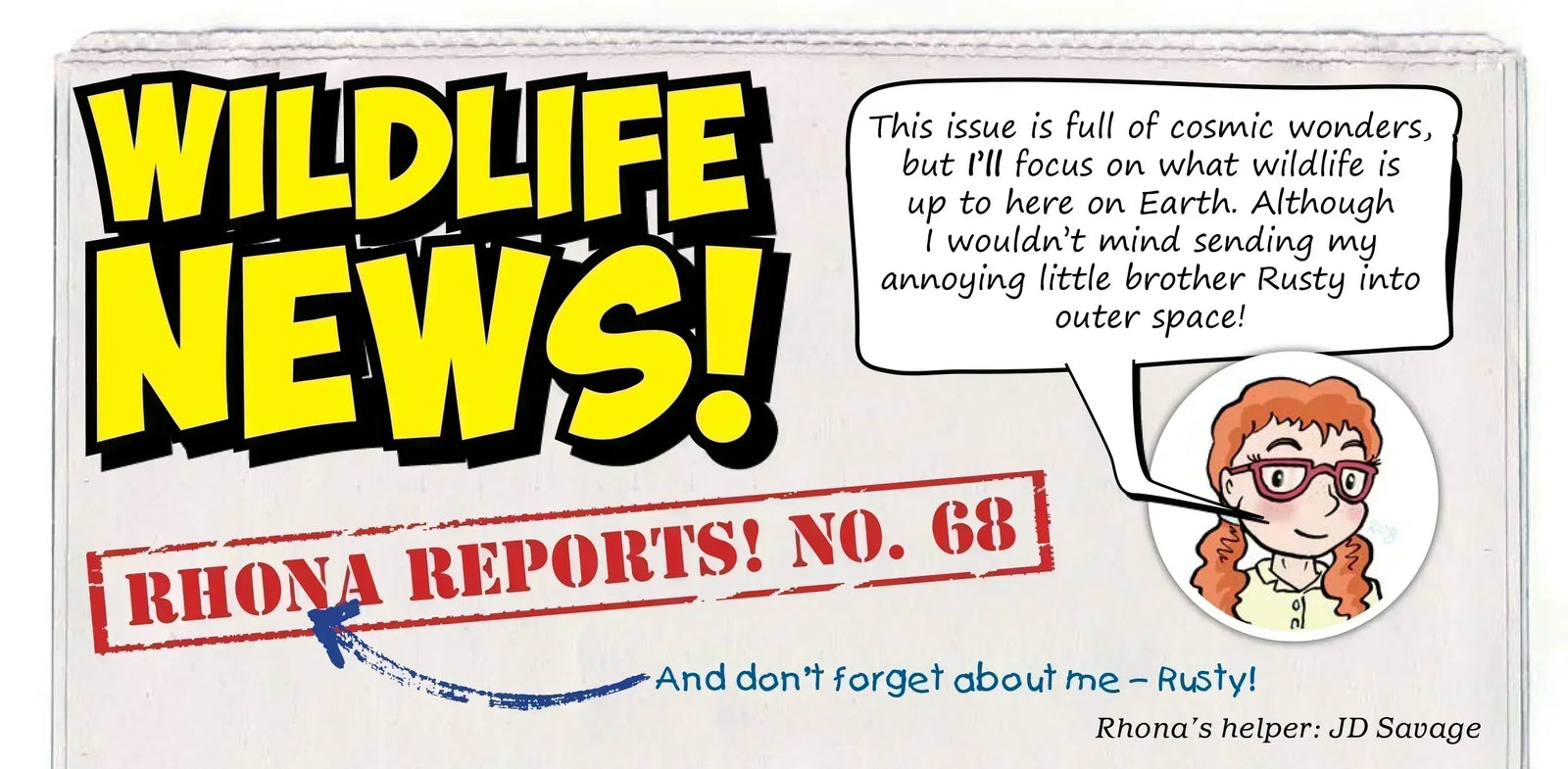Your Cart is Empty
Christmas is coming – get your Eco Kids gifts delivered right on time.
Christmas is coming – get your Eco Kids gifts delivered right on time.
Have your children been looking around outside and wondering why the leaves are changing colour and falling off the trees? If so, here are the facts for them to impress their friends and family members with!
Plants and trees drink water through their roots, while their leaves inhale a gas called carbon dioxide from the air. Using sunlight, plants turn this water and carbon dioxide into the gas oxygen and a sugar called glucose. This process is called photosynthesis, which translates as ‘putting together with light’.

We humans and animals breathe oxygen, while glucose is found in our blood and is an important source of energy. This can lead to some interesting discussions with children about how similar our bodies are to trees.
So what happens when there isn’t enough daylight reaching the trees in winter? Can your child guess?
An important chemical called chlorophyll helps to make photosynthesis happen. Chlorophyll is also where leaves get their green colouring from. In the winter, when there is not enough light or water for photosynthesis to take place, trees instead live off the food they have stored during the summer. This means that the green chlorophyll disappears from the leaves, and the green hue is replaced by yellow, orange and red colours.
Where do these colours come from? They have in fact been in the leaves all along! We couldn’t see them the rest of the year because they were covered up by the green chlorophyll. As chlorophyll levels naturally drop, a wonderful range of colours can appear.
 In some trees, like maple trees which are native to Canada and Japan, glucose is trapped in the leaves after photosynthesis stops. The colder weather makes the glucose a rich red colour, which is why maple trees in autumn are so especially beautiful.
In some trees, like maple trees which are native to Canada and Japan, glucose is trapped in the leaves after photosynthesis stops. The colder weather makes the glucose a rich red colour, which is why maple trees in autumn are so especially beautiful.
 Brown leaves on the other hand, such as those found on oak trees in winter in Britain, are produced by the wastes that are leftover in the leaves (which is not dissimilar to human waste, which probably won’t escape your child’s attention!).
Brown leaves on the other hand, such as those found on oak trees in winter in Britain, are produced by the wastes that are leftover in the leaves (which is not dissimilar to human waste, which probably won’t escape your child’s attention!).
Trees that lose their leaves in the fall or winter are called deciduous. Once all that is left in the leaves is waste, trees free them and seal the spots where the leaves were once attached. They do this to protect themselves from the cold weather and conserve energy until the light and warmth return in spring. Since leaves have water inside their cells, they can't survive freezing temperatures, so they have to be abandoned.
When the leaves fall down in a woodland they naturally biodegrade, becoming mulch or hummus, a type of nutrient-rich compost which absorbs water really well and will help fallen seeds to grow in spring.

What about the trees that don’t lose their leaves in autumn? These are called evergreen, and they usually have needles – just like a traditional Christmas tree. These trees stay green all year because their needles contain different cells to the cells inside leaves from deciduous trees. Needles can survive freezing cold temperatures and do not fall off in autumn because they do not have water inside them that will freeze. They also have a smooth waxy coating on the outside, which helps them to stay warm during the winter. Find some evergreen trees in your local park and feel the leaves – can your child tell that they are waxy, and won’t dry out the way that fallen leaves do?
Find out for yourself with a simple experiment: take a selection of needles and leaves home and watch those with water in them dry and curl up naturally over the course of a few days. What will happen to the needles?

The life cycle of a tree leaf is a fascinating topic that can be explored by children in many practical ways. On your next trip to the park see if you can find a selection of leaves across the spectrum of colours, then press them at home using some newspaper and heavy books, and make your own leaf cycle poster.
Comments will be approved before showing up.
What an incredible fleet of rockets you launched into our inbox this month! Each design showed a different way to turn everyday scraps into something extraordinary. Some rockets looked ready for deep-space exploration, others carried alien crews, and a few were so beautifully decorated they could ha...
Meet the winners of our New Zealand postage stamp competition and explore a gallery of brilliant children’s designs celebrating Aotearoa’s unique wildlife.
Here’s a sneak peek straight from our latest issue of Eco Kids Planet, Wonders Beyond Earth. Wildlife News is where Rhona and Rusty round up the wildest real-world stories from across the planet. Enjoy the read! 🌎 Amazing Photo Entries! The Wildlife Photographer of the Year team gave me a sneak...



